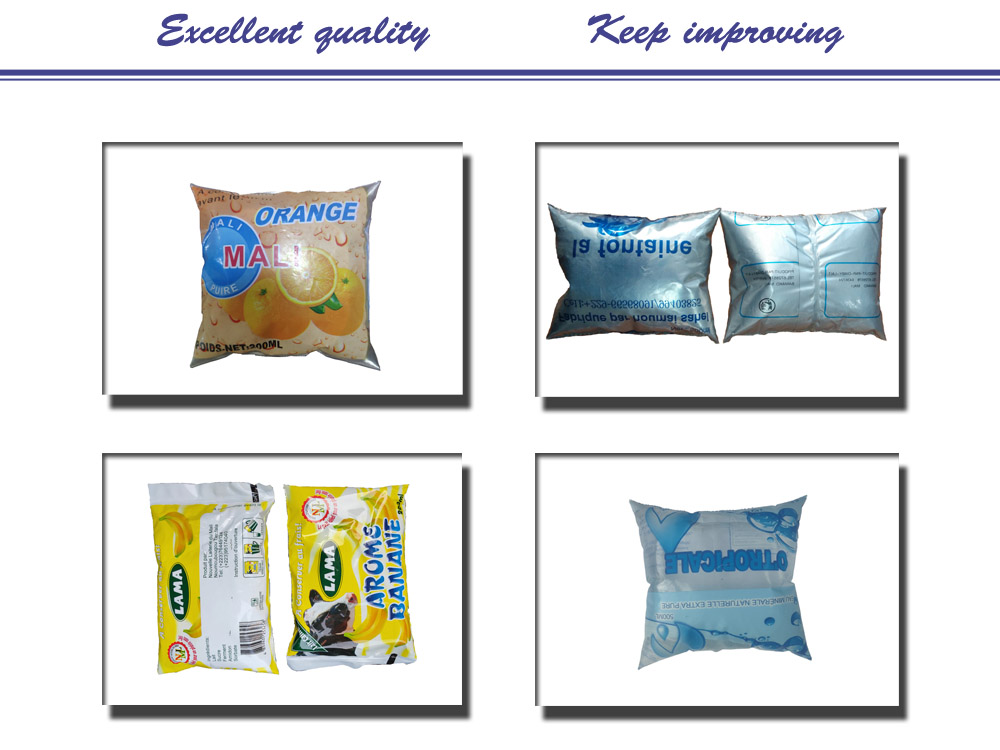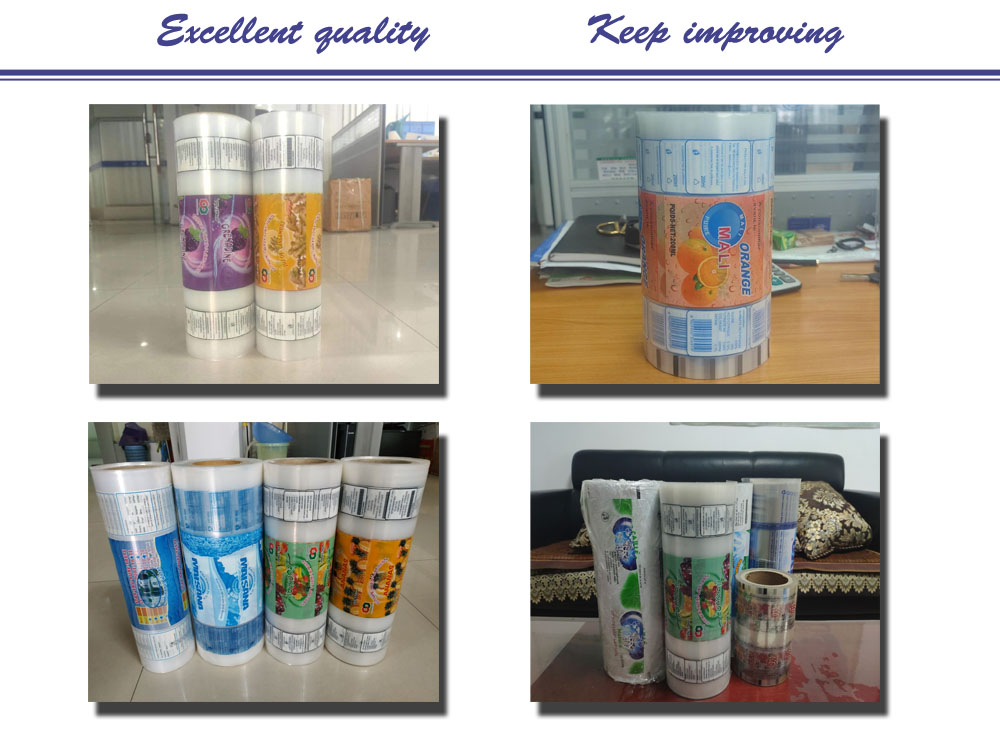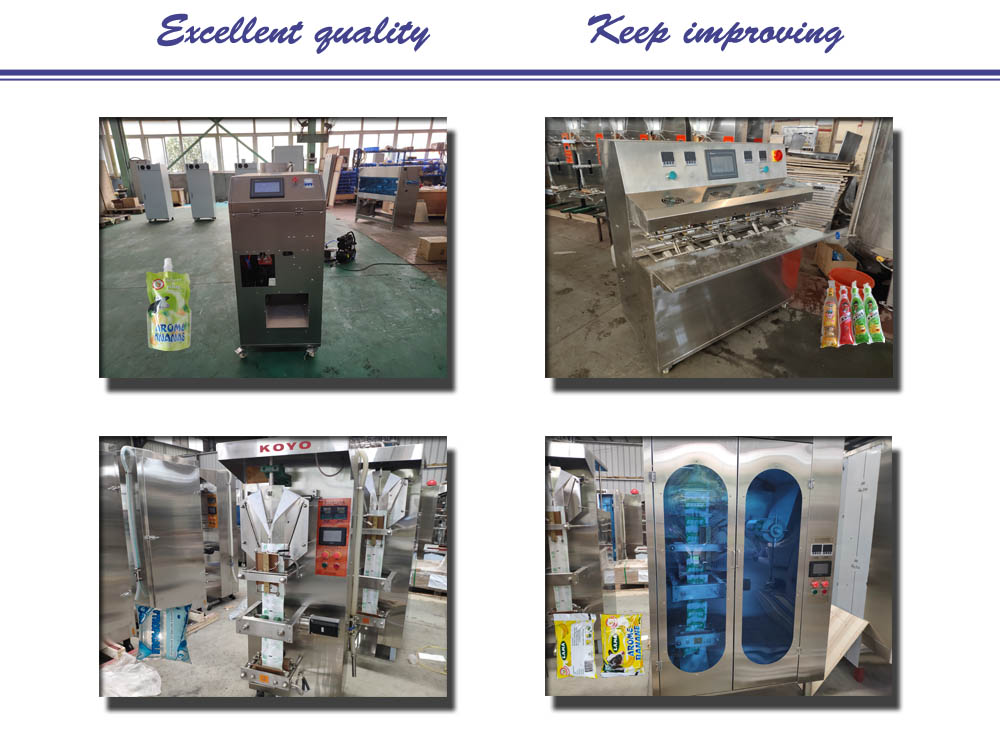In the beverage industry, hot-fill and cold-fill juices are two common packaging methods. Here is a detailed comparison of the differences between the two:
Sterilization Process
Hot-fill beverages are heated to high temperatures (85°C-95°C) to eliminate bacteria, yeast, mold, and other microorganisms. The hot product is then filled into sterilized containers. As the product cools, a vacuum forms inside the container, extending the shelf life. In contrast, cold-fill beverages do not require heating. The product and container are sterilized separately before filling, using methods such as filtration, UV, or chemical sterilization. After filling, the product is sealed in a sterile environment to prevent contamination.
Shelf Life
Hot-fill beverages generally have a longer shelf life, generally 6 to 12 months. Some hot-fill juices can be stored for up to 18 months without refrigeration. However, cold-fill beverages have a shorter shelf life. If not refrigerated, they can usually be stored for 1 to 6 months, and some require refrigeration and have a shelf life of only a few days to a few weeks.

Nutritional value and flavor
Hot-filled beverages may lose some heat-sensitive nutrients due to high-temperature processing and cause flavor degradation. Cold-filled beverages retain more natural nutrients and flavors because they are not processed at high temperatures. Its taste and nutritional content are closer to the original juice.
Production cost
Hot filling requires heating and cooling processes, consumes more energy, and increases production costs. In addition, it also requires heat-resistant packaging materials such as glass jars or aluminum cans, which are relatively expensive. Cold filling uses standard PET plastic or other packaging materials, which reduces material costs. However, it requires an aseptic filling environment and advanced equipment, so the initial investment is higher.

Equipment requirements
Hot filling requires equipment that can sterilize at high temperatures and handle heat-resistant packaging materials. Cold filling requires aseptic filling equipment and an aseptic production environment. For small-scale production, a "small juice filling machine" may be more appropriate. For bag packaging, a "bag juice filling machine" or "juice bag filling and sealing machine" can be used for hot filling and cold filling.
Product safety
Hot filling can effectively kill bacteria and other microorganisms to ensure product safety. However, it may slightly reduce the content of some nutrients. Cold filling ensures product safety by maintaining a sterile environment during the filling process, but requires strict control of the production process to prevent contamination.

Market positioning
Hot-filled beverages are usually positioned as affordable, long-shelf-life products suitable for mass consumption. Cold-filled beverages, on the other hand, emphasize freshness and naturalness, and usually target the mid-to-high-end market, attracting consumers who pursue nutritious and delicious beverages.
In summary, hot-filled and cold-filled beverages each have their own advantages and disadvantages. Hot filling is ideal for extending shelf life and reducing the use of preservatives, while cold filling can retain nutrition and flavor, but requires stricter production control. When choosing a packaging method, manufacturers should consider factors such as product characteristics, target market, and cost budget to make the most appropriate choice.